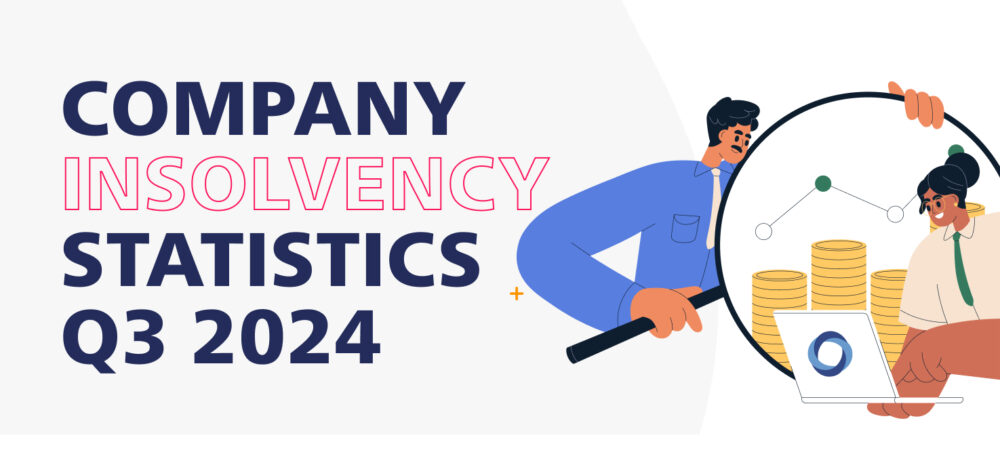The Business Distress Index which tracks the health of UK businesses found a record number in significant financial distress which creates an uncertain economic outlook. UK businesses must weather challenging trading conditions to stay afloat, such as economic and political uncertainty, rising operational costs, record inflation, and an unprecedented cost of living crisis.
Shaun Barton, Operations Director at Real Business Rescue, leading licensed insolvency practitioners and company rescue specialists, examines the financial health of UK businesses ahead of the Autumn Budget.

Company insolvency statistics for Q3 2024
The Business Distress Index assesses the financial health of UK businesses across the UK and provides a detailed breakdown of sectors and regions in financial distress, including the severity of financial difficulty; significant or critical. The Business Distress Index is a trusted benchmark that provides a window into corporate financial distress and uses Flag Alert and Companies House data.
The quarterly Q3 2024 release of the Business Distress Index found 632,756 UK businesses in ‘significant’ financial distress, a 5% increase (601,950) from the previous quarter (Q2 2024). A turbulent economic climate saw 30,000 more businesses enter significant financial distress which is a record change over a quarter.
Out of 22 sectors tracked by the Business Distress Index, 21 reported increasing levels of significant financial distress compared to the previous quarter. This indicates heightened financial instability and deteriorating working capital.
Sectors in financial distress
The sectors that experienced a noticeable increase in financial distress include utilities (+19.3%), food and drug retailers (+10.4%), financial services (+9.94%) and bars and restaurants (+8.7%).
As the cost of food and energy rises, maintaining standards of living comes at a greater cost – a likely trigger for controlled consumer spending, which means non-essential spending nosedives and businesses, such as bars, restaurants and food businesses consequently feel the brunt. High inflation, rising interest rates, and the cost of living crisis have left no consumer or business untouched.
Critical financial distress by region
The top five regions with the highest number of businesses in critical and financial distress include London, followed by the South East. Businesses experiencing significant and critical problems include those with reduced cash flow and damaged profit reserves.
| Critical Distress by Region | Significant Distress by Region | ||||||
| 1. | London | 10,448 | 1. | London | 185,494 | ||
| 2. | South East | 4,704 | 2. | South East | 105,083 | ||
| 3. | Midlands | 3,517 | 3. | Midlands | 76,902 | ||
| 4. | North West | 3,296 | 4. | North West | 65,777 | ||
| 5. | Yorkshire | 2,096 | 5. | Yorkshire | 43,827 | ||
The number of businesses in significant financial distress in London increased by 16,000 over three months, from 169,442 to 185,494 (Q2 2024). This mirrors trading volatility at a time when a new government was formed which naturally gave rise to economic uncertainty.
London is an economic powerhouse and a prime location for ambitious businesses, young and old. With major business districts strategically lining the city, the competition is fierce and fast growing.
According to research from the Federal of Small Businesses (FSB), London and the South East have the most private sector businesses, accounting for 34% of the UK business population. London houses 1 million businesses and the South East is home to 852,000 businesses. As both locations house a substantial business population, the number of business deaths is equally high.
On the road to insolvency
Businesses showing high risk factors are at greater risk of becoming insolvent. While a business in financial distress can be recovered, professional insolvency advice must be sought out early and without delay. This gives ample time to improve the debt position of a business, placate disgruntled creditors, and devise a long-term plan to stabilise company finances.




















